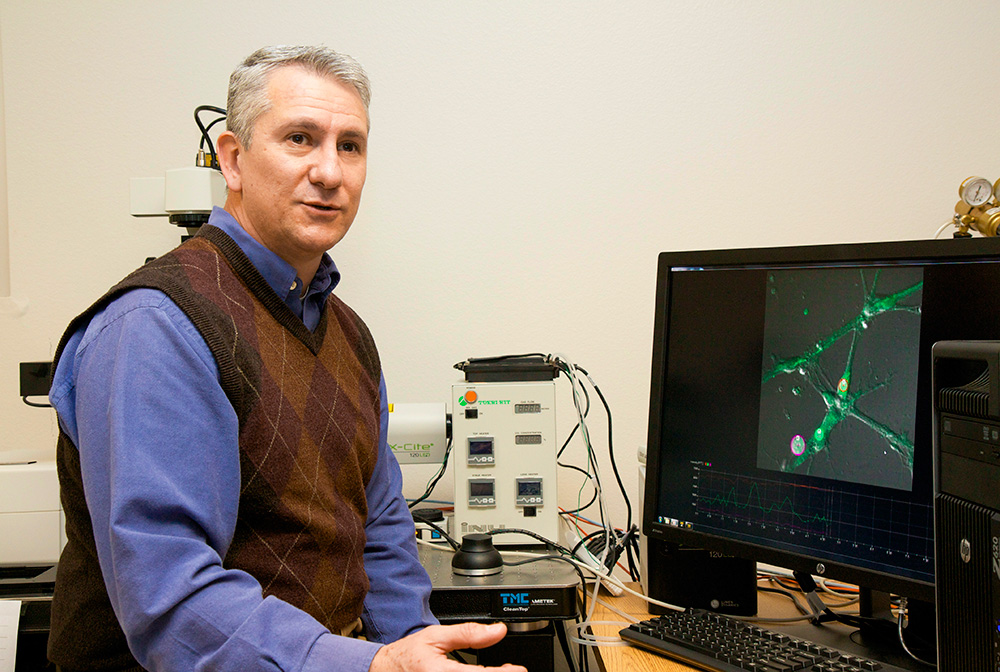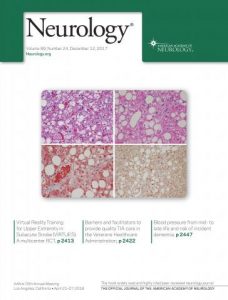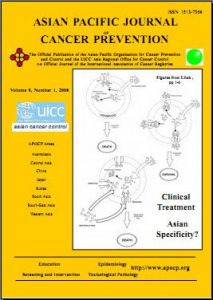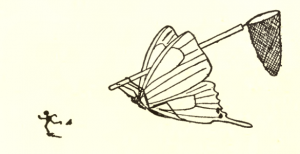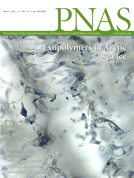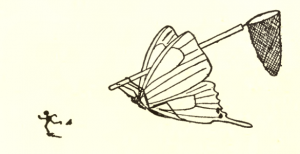
What Caught Our Attention: Two articles by different groups of authors recently suffered from the same (fatal) flaw: A poor literature review. The article, “Whole-Genome De Novo Sequencing of the Lignin-Degrading Wood Rot Fungus Phanerochaete chrysosporium (ATCC 20696),” claimed to have sequenced a strain already sequenced in 2004 and published in a well-cited article. According to Clarivate Analytics’ Web of Science, the 2004 article was cited 474 times before the now-retracted article was published. And that 2004 article appeared in a highly-cited journal, Nature Biotechnology. Continue reading Caught Our Notice: Doesn’t anyone do a literature review any more?
